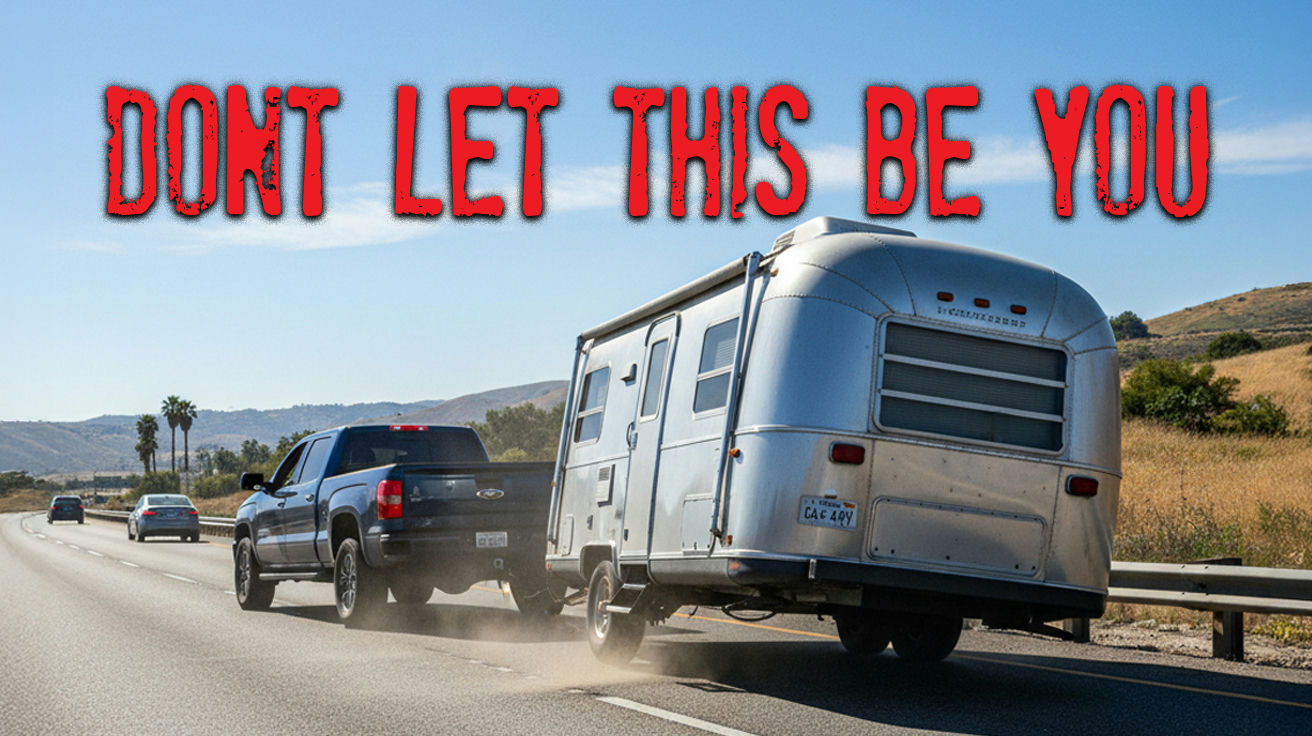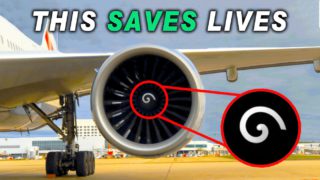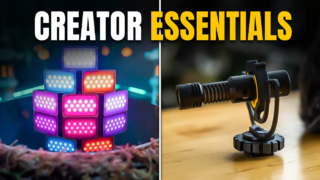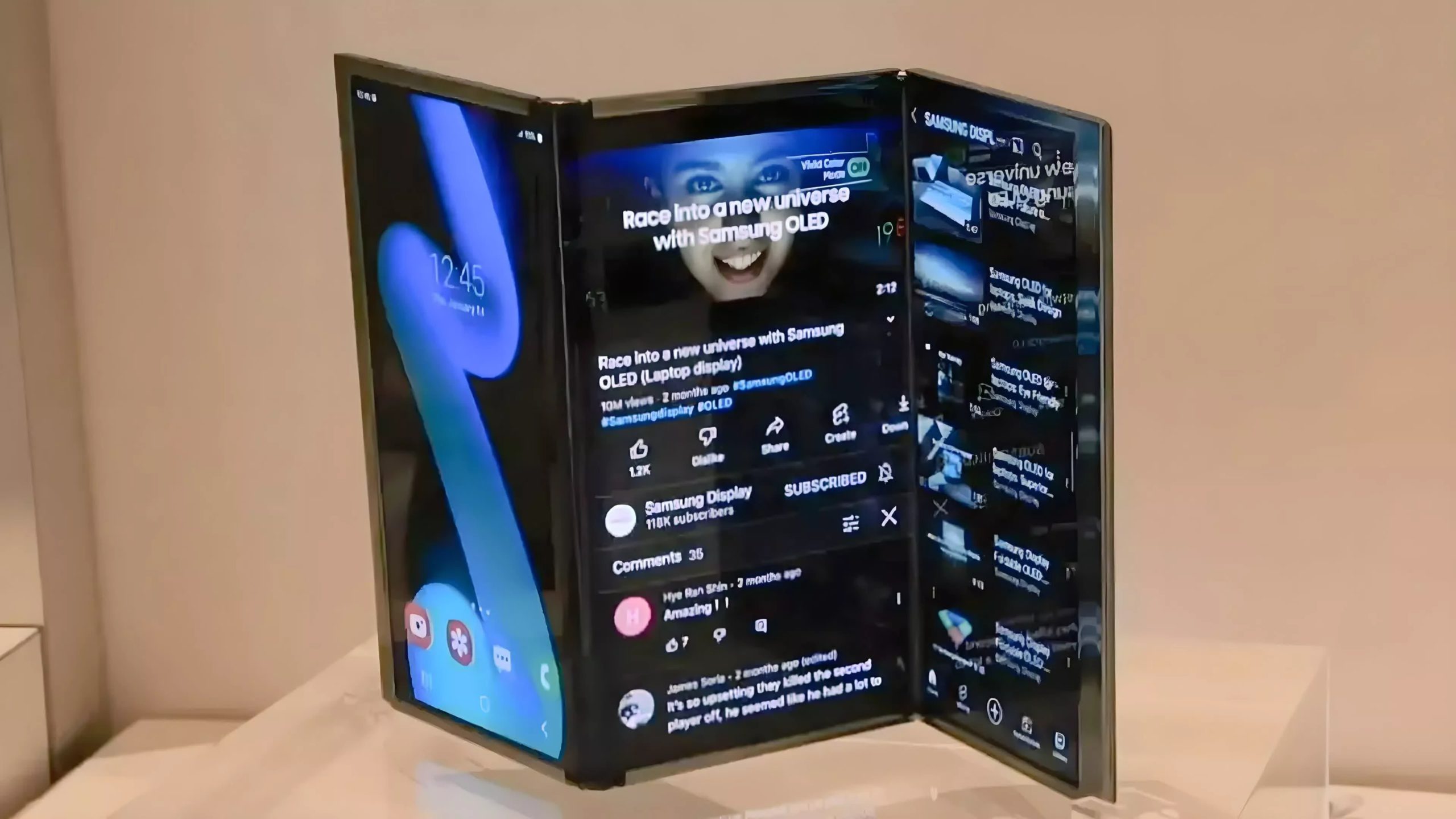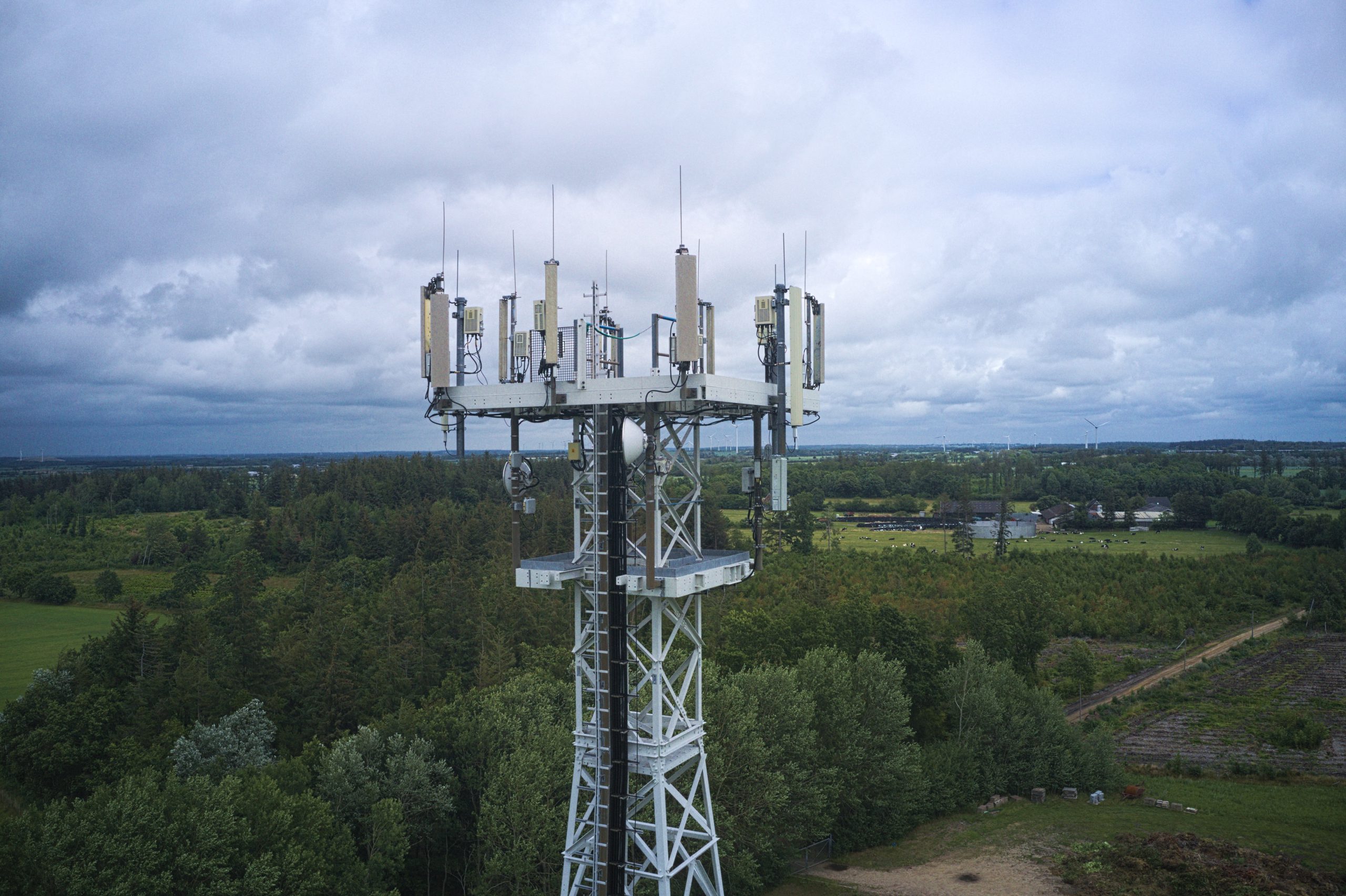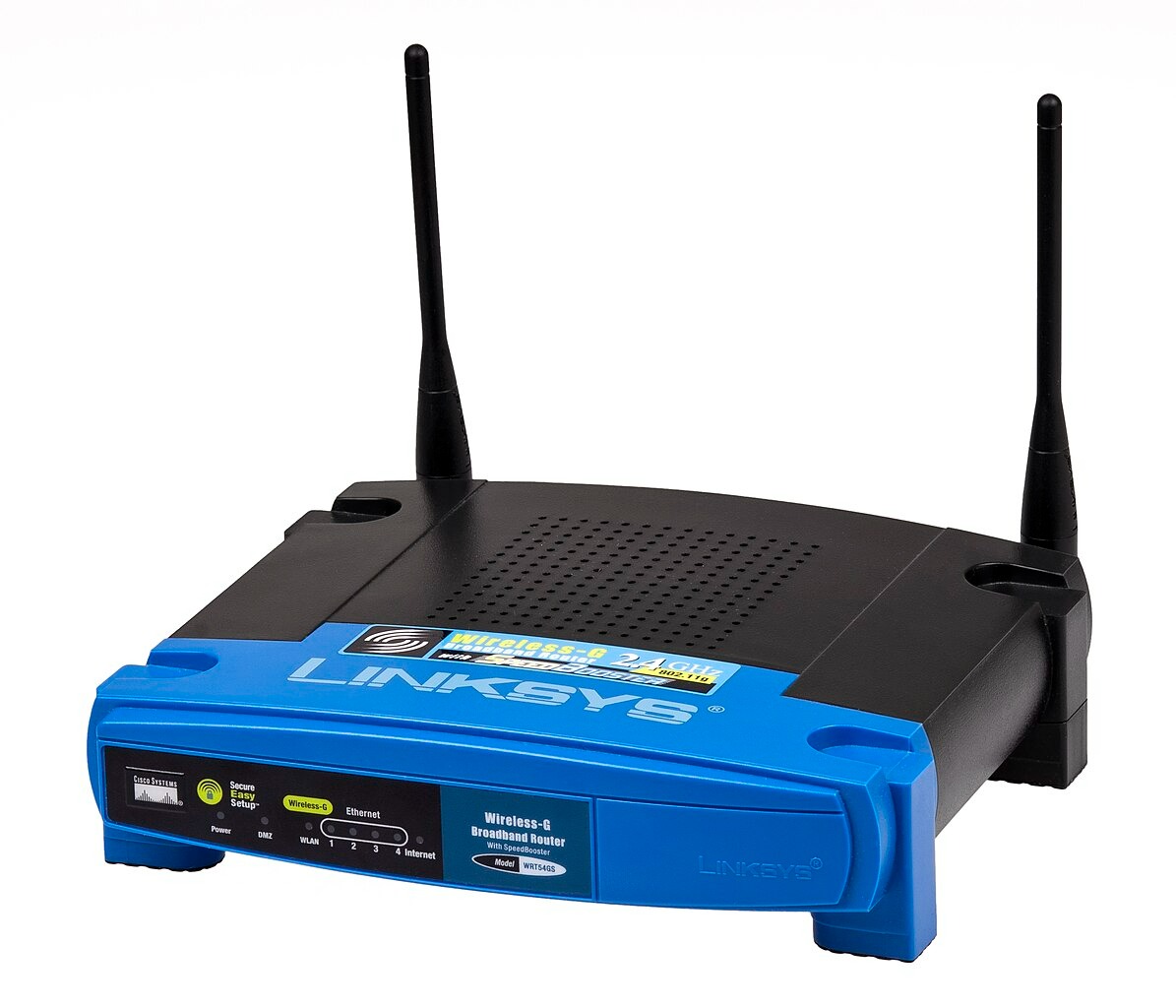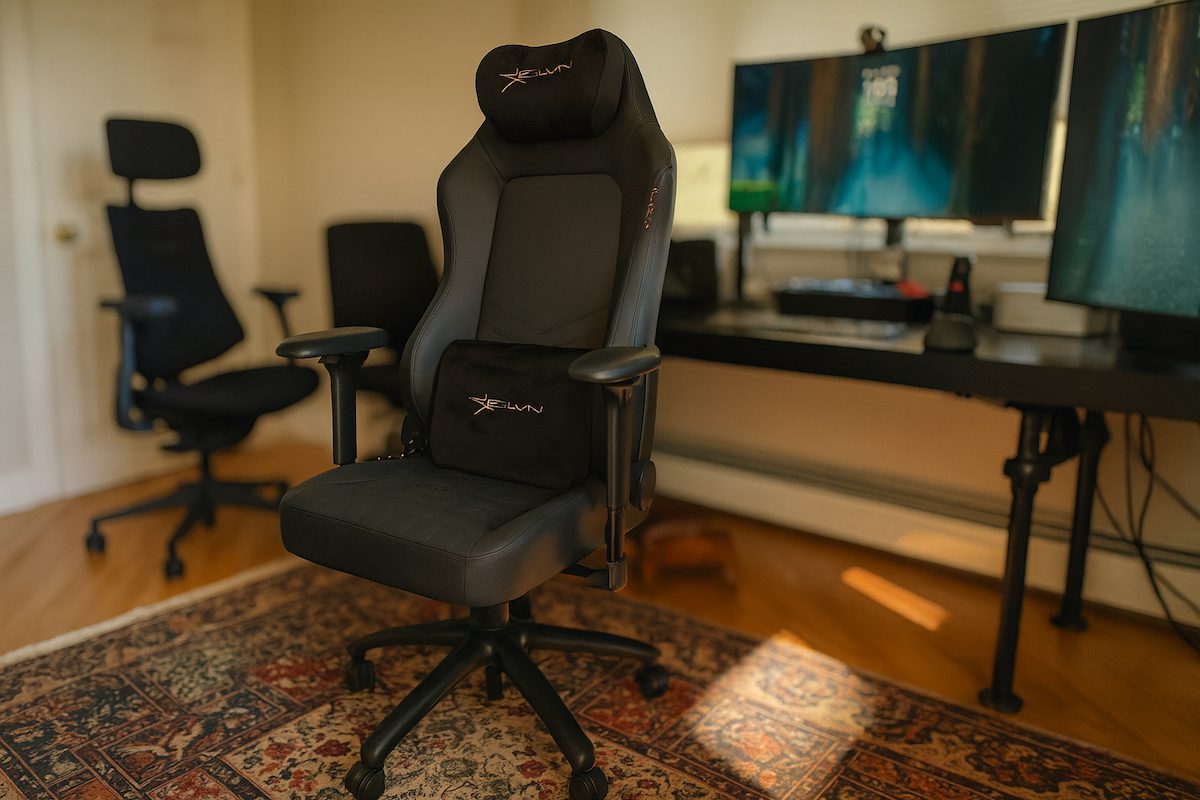Anyone who’s tried towing without the right gear knows the drill: what starts as a simple trip quickly turns into a white-knuckle adventure featuring mysterious rattles, questionable stability, and the haunting question, “Is that supposed to sound like that?”
The towbar accessory market has exploded beyond basic hitches and safety chains. Today’s options read like a wishlist for control freaks who refuse to let physics have the last word. From wireless brake controllers that sync via smartphone to anti-sway systems that work like electronic nannies, these upgrades transform towing from a necessary evil into something approaching actual confidence.
The real winners combine clever engineering with plug-and-play simplicity. Nobody wants to spend their weekend wrestling with installation manuals thicker than a Stephen King novel. Smart manufacturers have figured out that the sweet spot lies in accessories that deliver professional-grade performance without requiring an engineering degree to install.
This content may contain affiliate links. If you wish to support us and use these links to buy something, we may earn a commission.
11. Weight Distribution Hitches
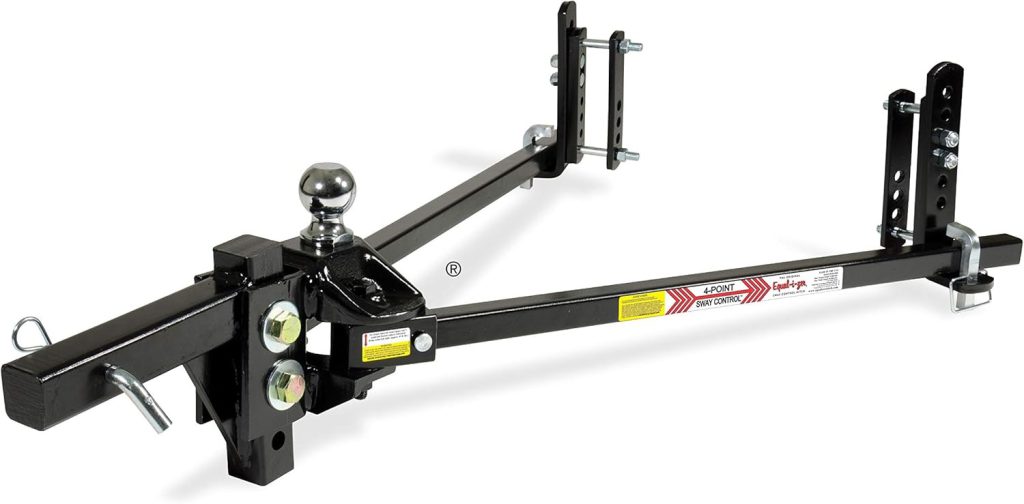
Weight distribution hitches solve the classic towing problem: too much tongue weight making your truck’s front end light and bouncy like a shopping cart with a broken wheel. These systems redistribute load across all axles, keeping your headlights pointed at the road instead of low-flying aircraft.
Modern versions feature built-in sway control and tool-free adjustments. The best models let you fine-tune weight distribution without crawling around on the ground like you’re defusing a bomb. Spring bars engage with a satisfying click, and the whole setup transforms a sketchy towing experience into something surprisingly stable.
10. Electronic Brake Controllers
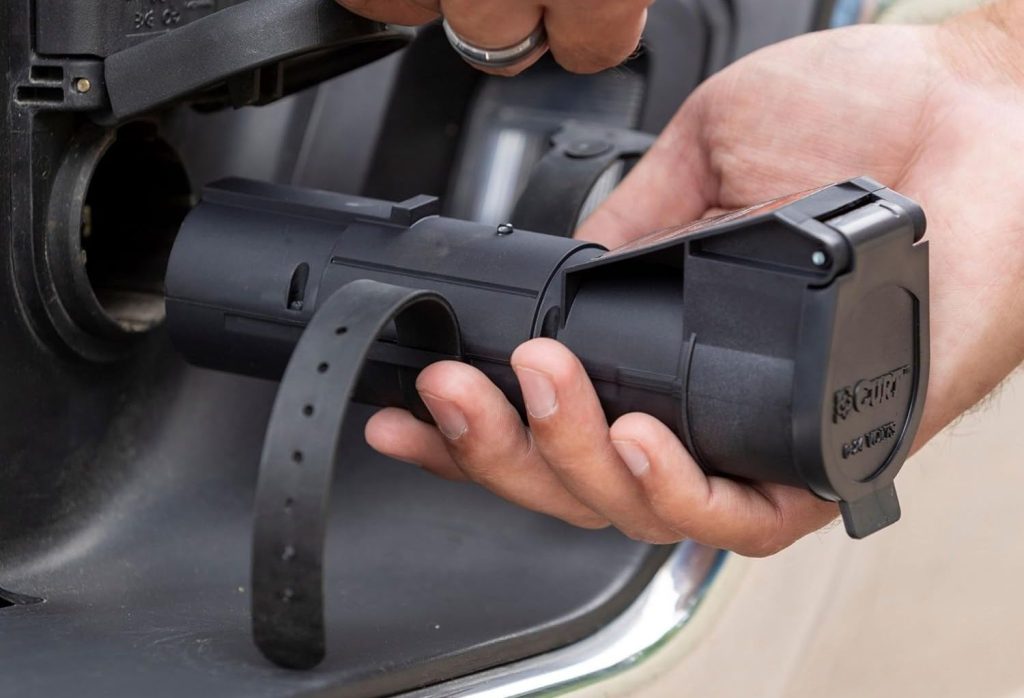
Wireless brake controllers have revolutionized trailer stopping power by eliminating the guesswork. Instead of manually adjusting brake intensity and hoping for the best, these systems monitor your driving patterns and automatically calibrate brake force in real-time.
The smartphone integration feels like magic: you can adjust settings from your driver’s seat, monitor brake performance, and even receive alerts if something goes wrong. No more pulling over to tweak mysterious dials or wondering if your trailer brakes are actually working.
9. Anti-Sway Systems
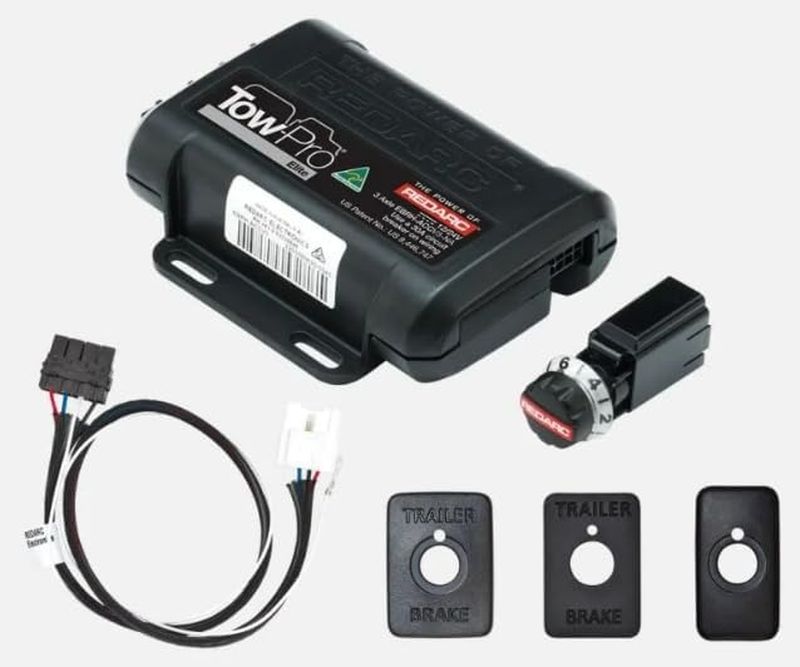
Trailer sway turns peaceful highway cruising into a terrifying physics demonstration. Electronic anti-sway systems detect unwanted movement and apply selective braking to individual trailer wheels, counteracting oscillation before it builds into full panic mode.
These systems work invisibly until you need them, then spring into action faster than you can say “crosswind.” The best models integrate with your truck’s stability control system, creating a seamless safety net that lets you focus on driving instead of death-gripping the steering wheel.
8. Backup Cameras and Sensors
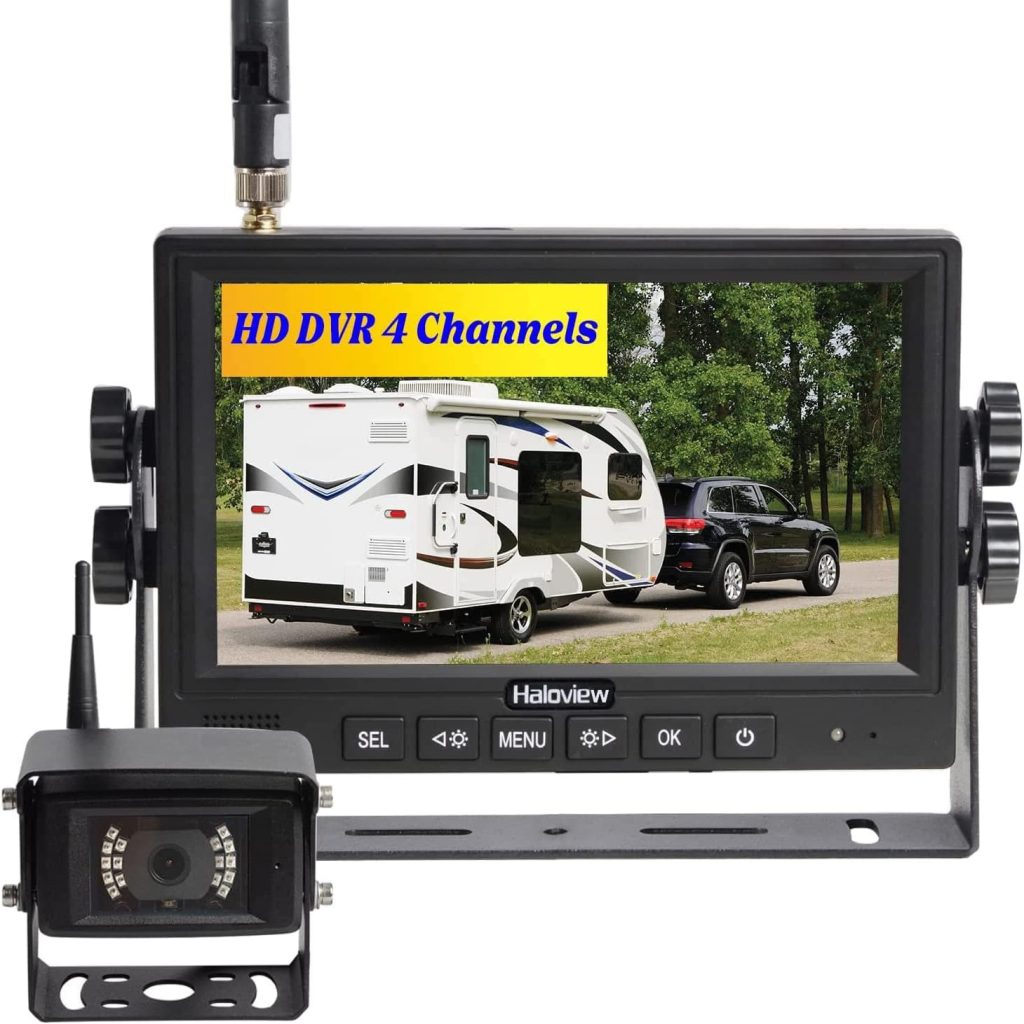
Backing up with a trailer attached feels like trying to parallel park a school bus while blindfolded. Wireless backup camera systems solve this by streaming real-time video to your smartphone or aftermarket display, showing exactly what’s happening behind your rig.
Advanced systems include multiple camera angles and parking sensors that beep increasingly frantically as you approach obstacles. Some models offer night vision and weatherproof construction that survives everything from muddy campsites to salty boat launches.
7. Trailer Tire Pressure Monitoring
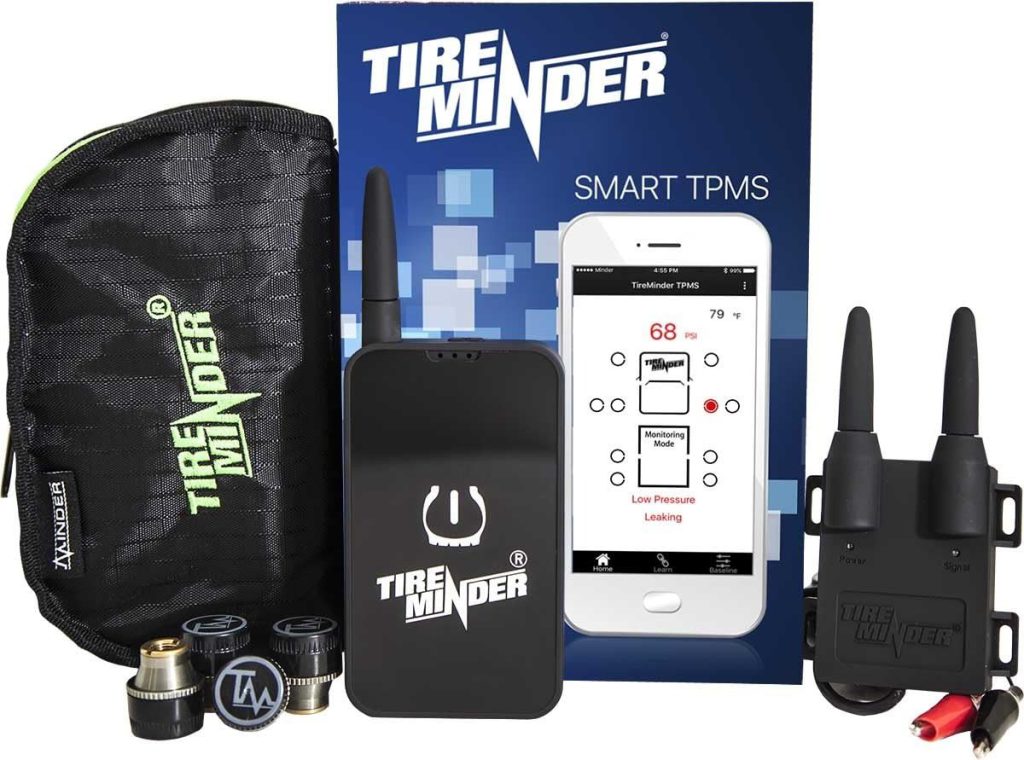
Trailer tire pressure monitoring systems extend your truck’s TPMS to include trailer wheels, because blowouts always happen at the worst possible moment. These systems use wireless sensors that mount inside tire stems and transmit pressure and temperature data to a cab-mounted display.
The peace of mind factor is enormous: instead of wondering if that wobble means impending doom, you get real-time data on every tire. Many systems include smartphone apps that log pressure history and send alerts before problems become roadside disasters.
6. Trailer Wiring Adapters
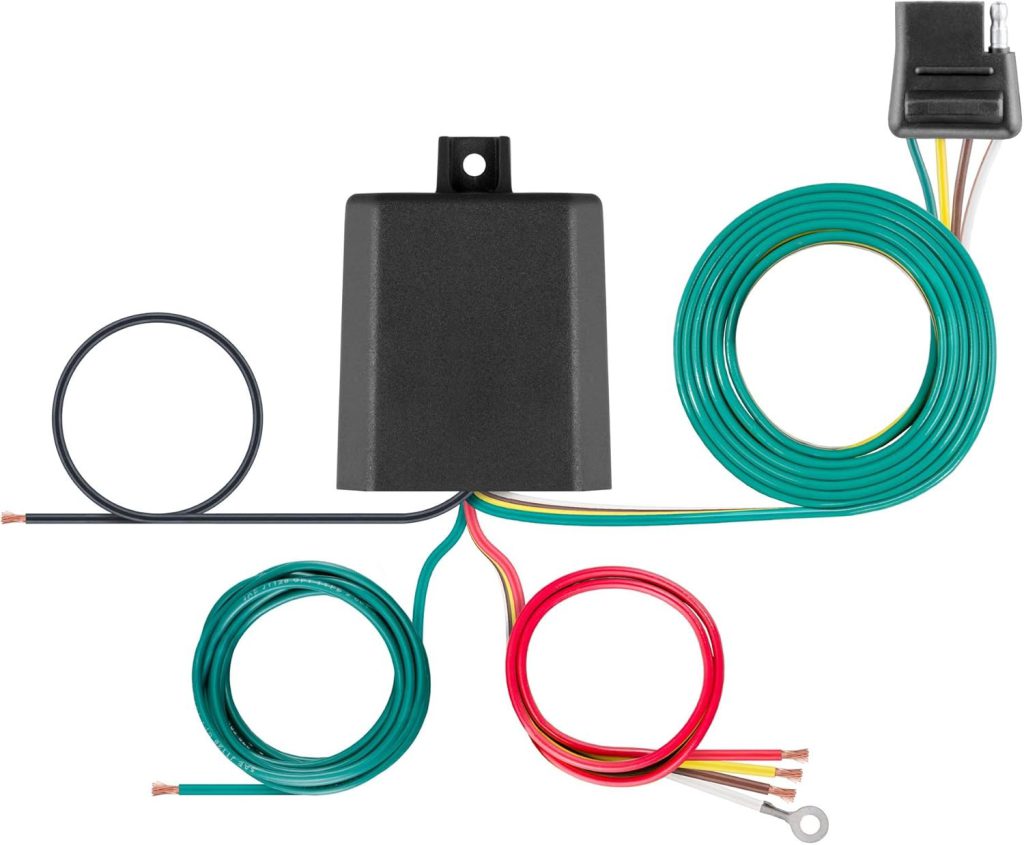
Trailer wiring compatibility can turn simple connections into expensive headaches. Smart wiring adapters solve multiple vehicle-to-trailer communication problems while protecting your truck’s electrical system from overloads and short circuits.
The latest adapters include LED compatibility modules, load resistors, and even Bluetooth diagnostics that alert you to wiring problems before they strand you roadside. Installation typically involves plugging into existing harnesses without splicing wires or voiding warranties.
5. Hitch Locks and Security
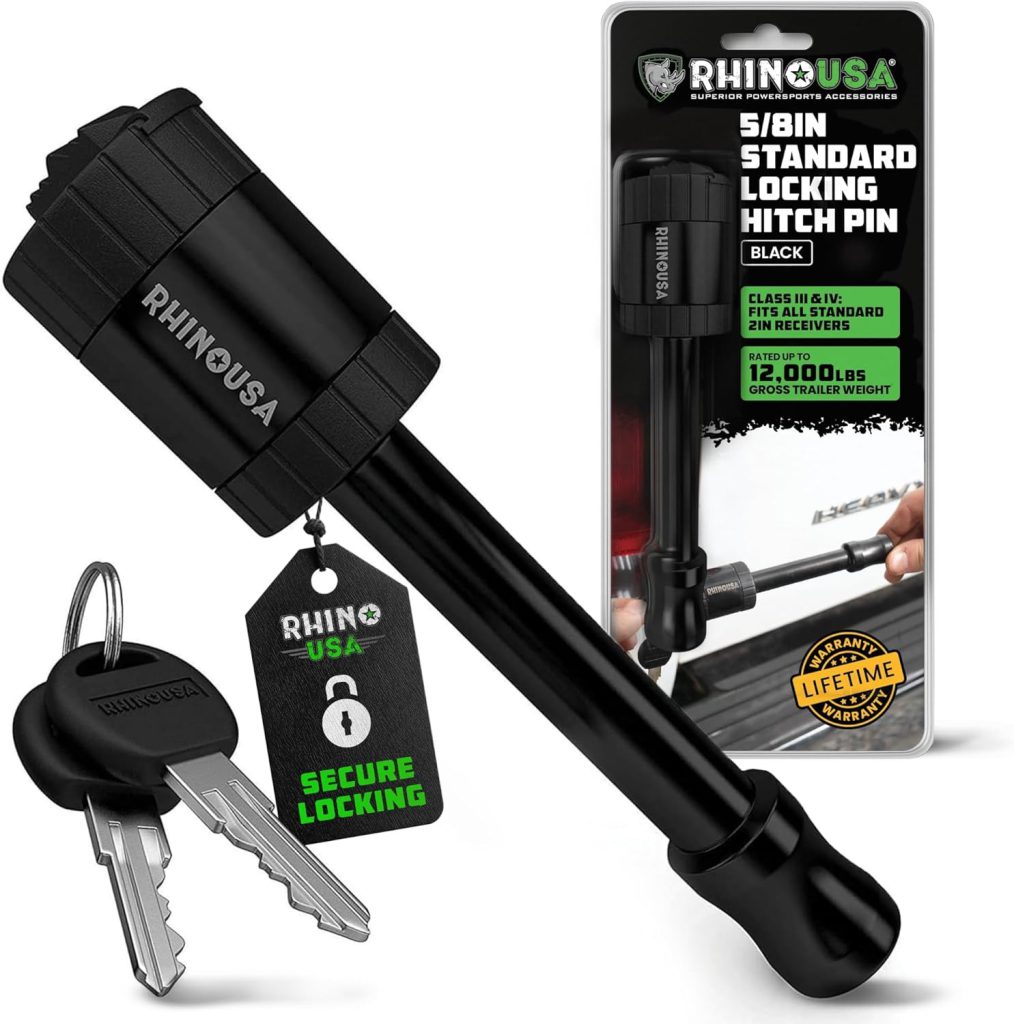
Trailer theft happens faster than most people realize, often in broad daylight while owners grab coffee. Modern hitch locks combine hardened steel construction with pick-resistant lock cylinders and bright colors that scream “I’m protected” from across parking lots.
The best models lock both the hitch pin and the coupler, creating multiple obstacles for would-be thieves. Some include GPS tracking devices that send smartphone alerts if someone attempts unauthorized trailer movement.
4. Trailer Jacks and Stabilizers
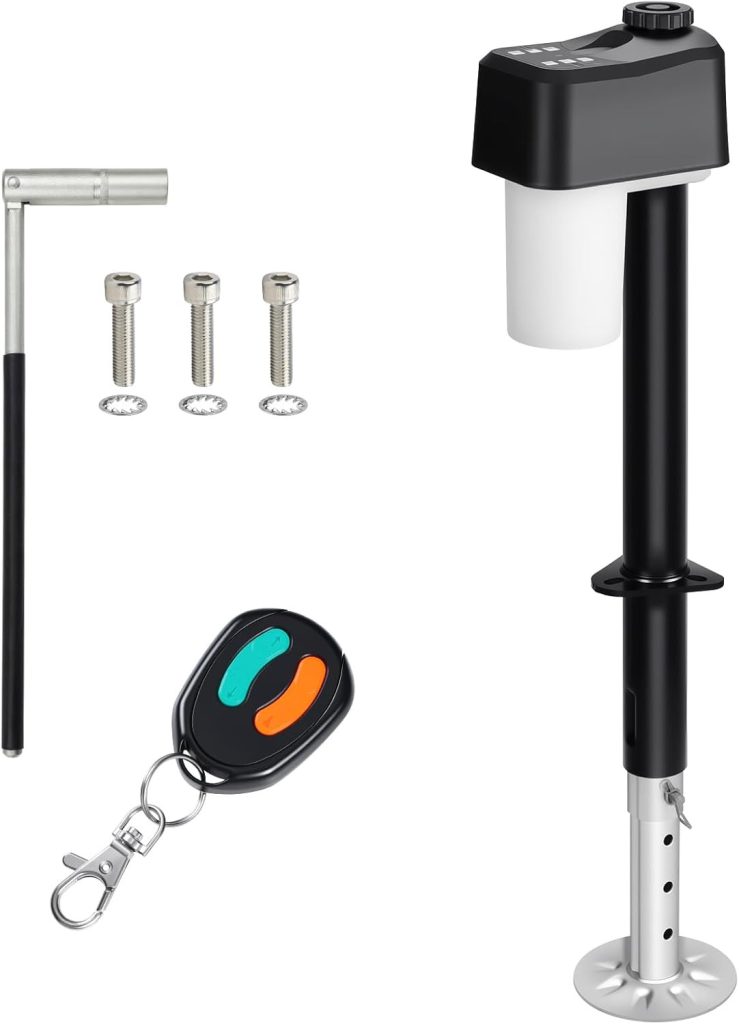
Manual trailer jacks work fine until you’re cranking them in 90-degree heat or trying to level a camper on uneven ground. Electric jacks transform this chore into a button-push operation, with precise height control and LED indicators showing exactly where you are in the process.
Many models include stabilizer functions that eliminate trailer bounce when you’re walking around inside. Remote control operation means you can adjust height from outside the trailer while watching clearance issues in real-time.
3. Cargo Management Systems
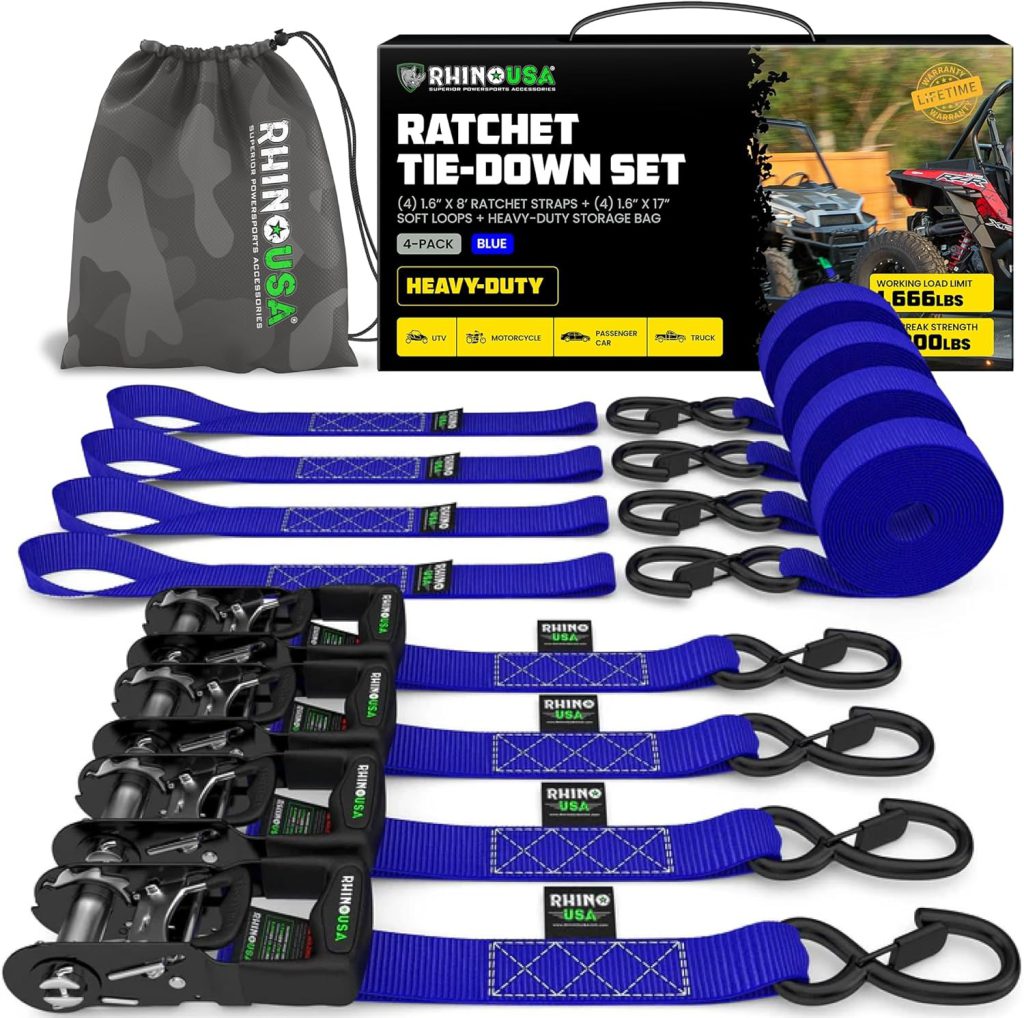
Professional-grade tie-down systems replace the tangled mess of bungee cords and hope that most people use to secure cargo. Track-based systems let you position anchor points exactly where needed, while ratcheting straps provide consistent tension without over-tightening.
The modular approach means you can reconfigure tie-down points for different loads without drilling new holes or searching for anchor points. Many systems include corner protectors and padding to prevent cargo damage during transport.
2. Lighting Upgrades
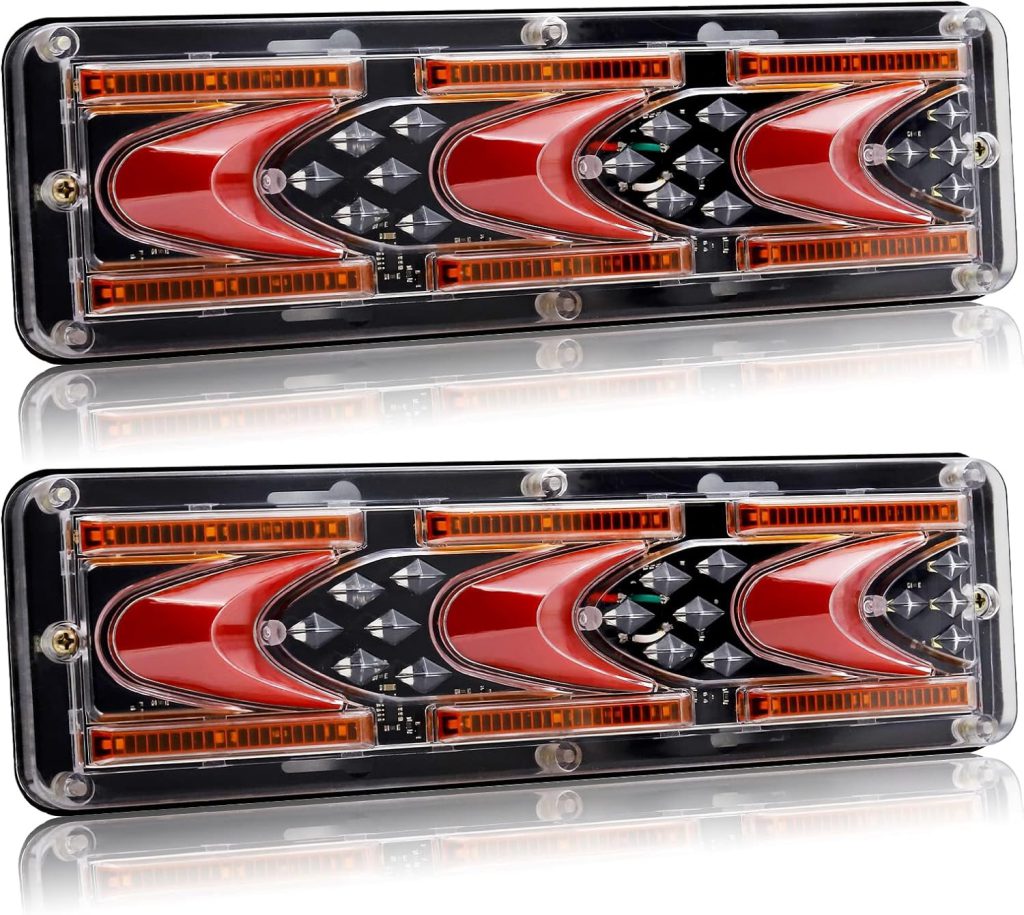
Standard trailer lights often provide about as much visibility as birthday candles in a hurricane. LED upgrade kits deliver dramatically brighter illumination while drawing less power and lasting exponentially longer than traditional bulbs.
Many kits include sequential turn signals and integrated backup lights that make your intentions crystal clear to following traffic. Waterproof construction and shock-resistant housings survive the abuse that destroys standard trailer lights within a season.
1. Trailer Leveling Systems
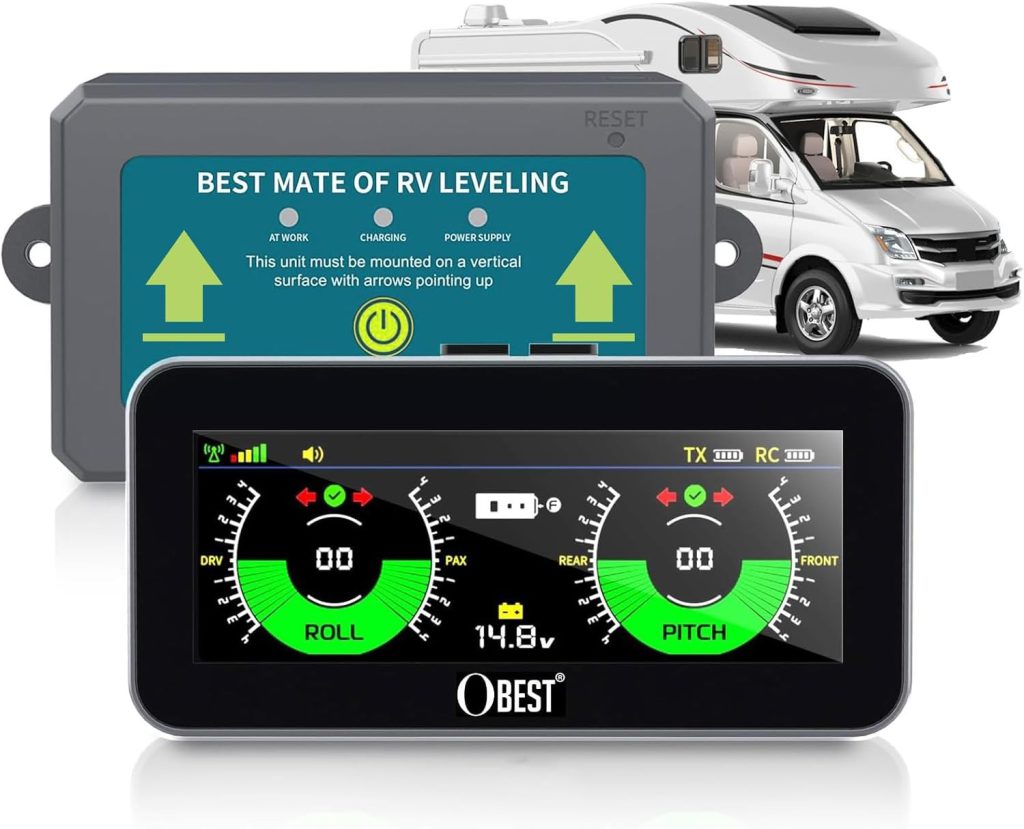
Manual leveling involves lots of driving forward and backward while someone yells increasingly specific directions about “a little more” and “too much.” Automatic leveling systems handle this entire process at the touch of a button, using sensors to determine optimal positioning.
These systems include smartphone apps that show real-time leveling status and can operate the system remotely. The precision eliminates the trial-and-error approach that leaves your RV refrigerator confused and your coffee sliding off tables.


